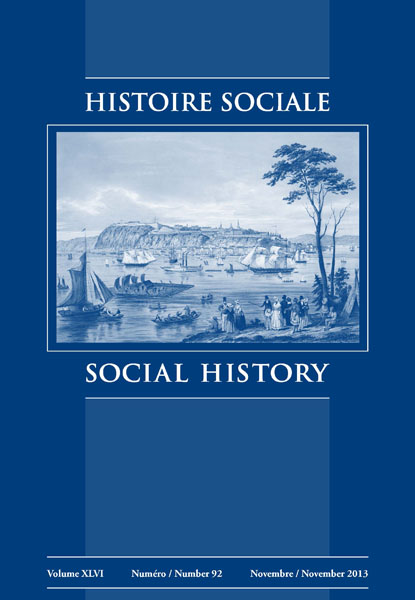« Toé, tais-toé! » et la Grande Noirceur duplessiste. Genèse d’un mythistoire
Résumé
Dans cette formule se cristallisent trois idées-forces du mythistoire de la Grande Noirceur duplessiste, soit l’autoritarisme de Duplessis, l’asservissement de ses collaborateurs et un climat malsain pour la presse. Or, il s’agit d’un faux, le caricaturiste Robert La Palme étant le premier à lui mettre ces mots à la bouche. Dans cet article sont étudiés les processus par lesquels le pouvoir évocateur de l’image a permis à la formule de s’imposer dans un court laps de temps dans le discours social. Il s’agit de voir comment s’est effectué ce passage d’une formule à une autre et d’un état, d’un média à un autre, en quoi le format même de la caricature a pu favoriser ces différents passages et permis au fictif de passer pour vrai dans le Québec d’après-guerre.
“Toé, tais-toé!” Maurice Duplessis is reported to have hurled at Antoine Rivard in the summer of 1958, brusquely ordering him to “shut up.” This stock phrase encapsulates three of the key aspects of the historical myth surrounding the “Great Darkness” of the Duplessis era, namely the premier’s authoritarianism, the subservience of his entourage, and the unhealthy climate that reigned for the media. However, this incident is in fact a fiction, with caricaturist Robert La Palme being the first to put these words into his mouth. This article examines the processes by which the evocative power of the image propelled this phrase into the social discourse within a short period of time. The focus is on determining how shifts from one phrase to another and one state and media to another occurred and how the caricature format itself promoted these different shifts and allowed the fictional to be perceived as true in postwar Quebec.


